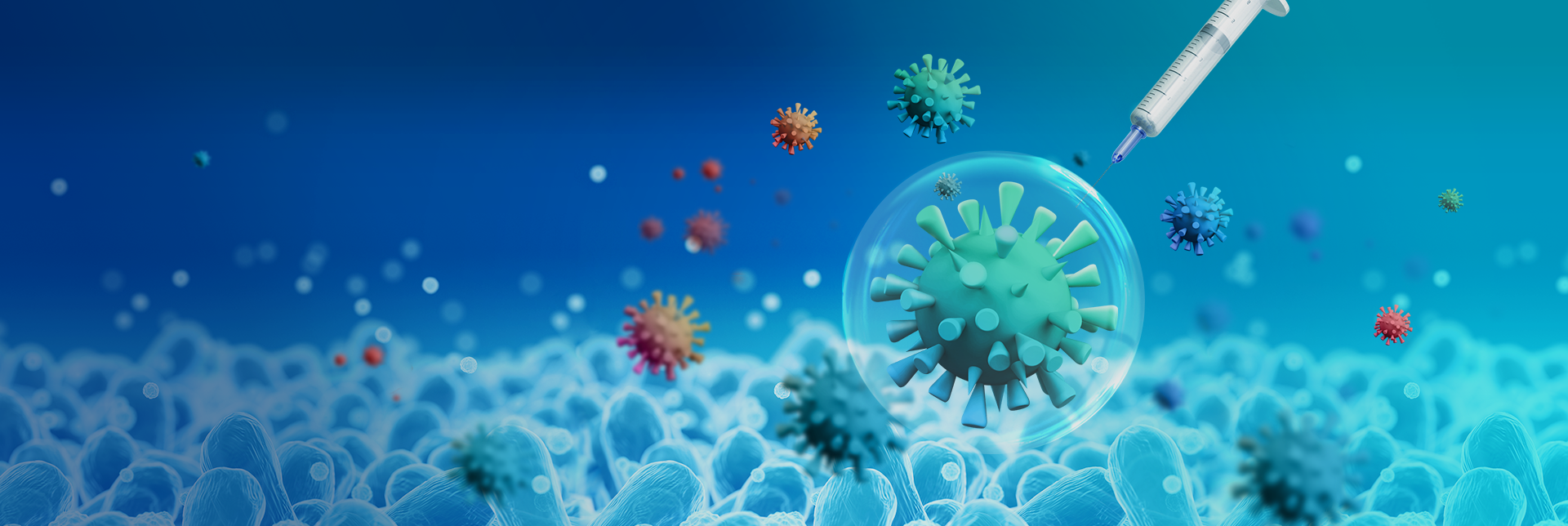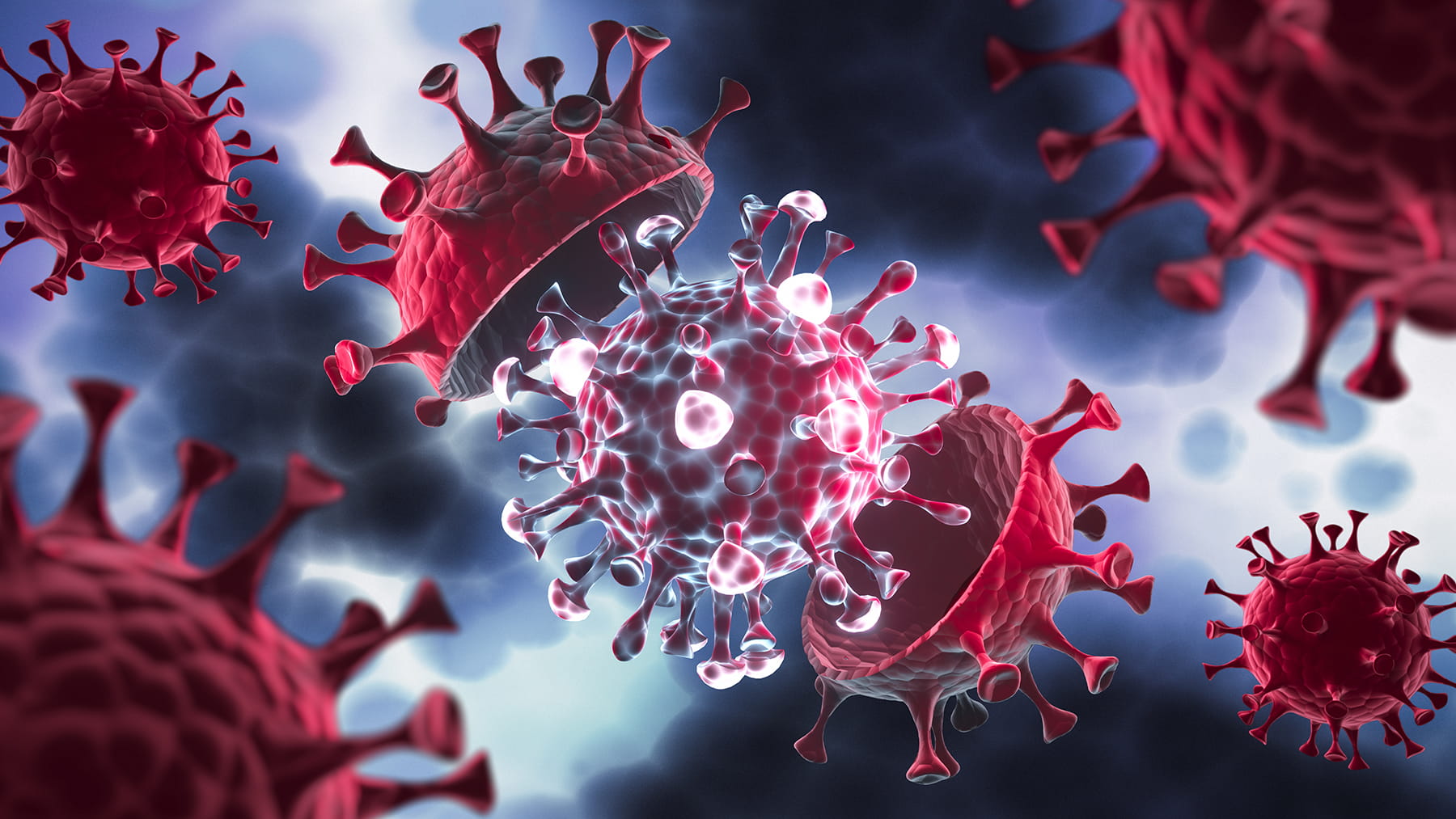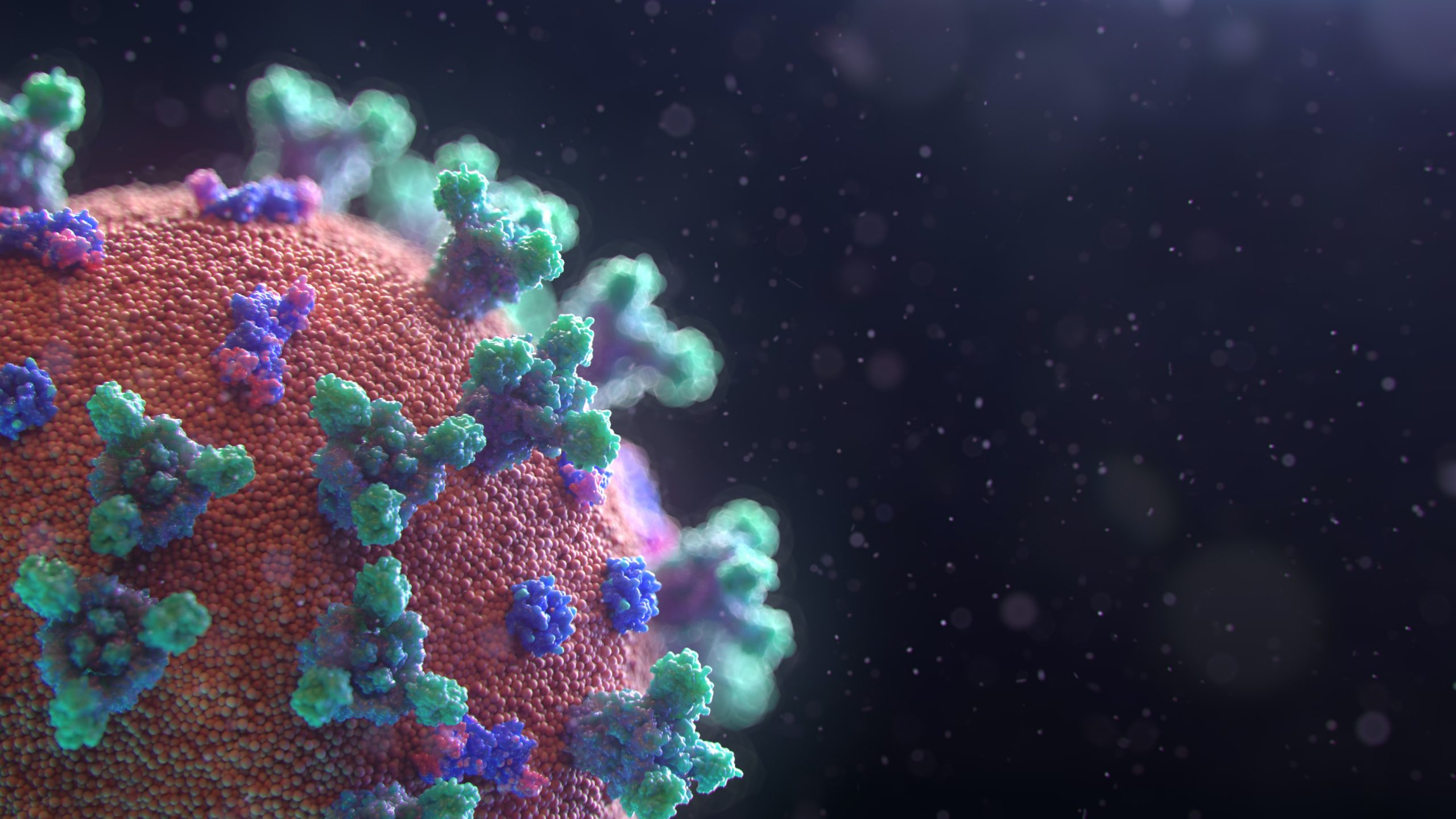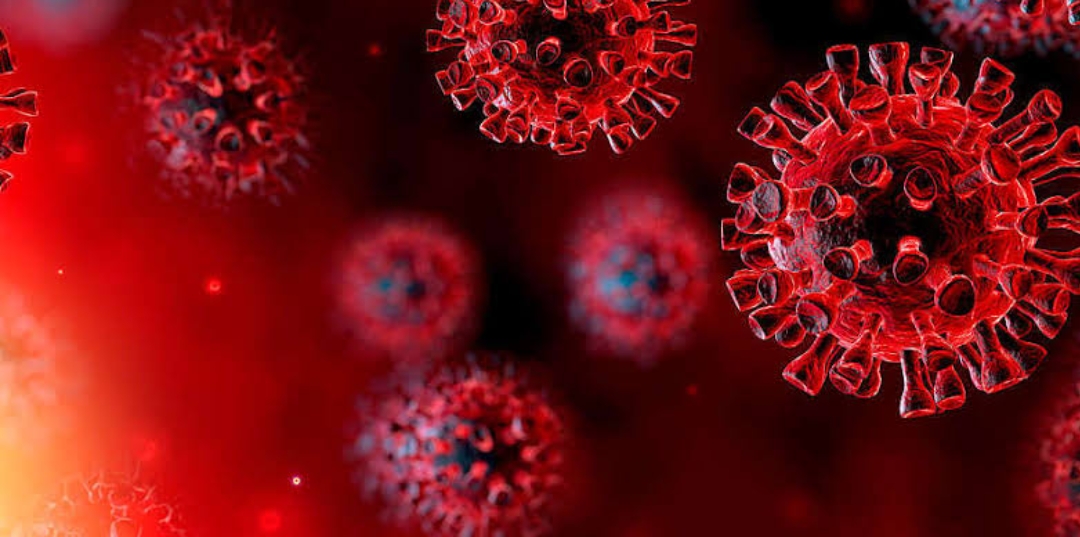
How can AI Help Cure the COVID 19 Infodemic
Covid 19 infodemic has been a new upcoming event. Coronavirus diseases (Covid19) is the first pandemic in history in which technologies and social networks are used on a huge scale to maintain people safe, informed, productive. Supply chain risk management is in the foreground. According to McKinsey's recent report "Reset Supply Chains to the Next Normal. A majority of supply chain executives said the global pandemic "has exposed weaknesses in supply chains." theirs that they are trying to fix". Public and private organizations involved in the production, supply, and distribution of COVID19 vaccines can integrate critical data into AI-powered workflows, using data-driven information to identify effectively take risks - unexpected weather events, spike infection rates, negative sentiment - and pivot quickly to meet new challenges.
And it's not just the supply chain that can benefit from AI and big data. Exploring potential problems with unsolicited news feeds In 2019, the World Health Organization (WHO) identified reluctance to vaccines - reluctance to have vaccines as they become available - as as one of the ten greatest threats to global health. The COVID 19 infodemic has greatly enhanced this challenge. According to The Guardian, the anti-vaccination movement has seen a large following on various platforms, reaching more than 10 million followers in the past year.
Potential impact and development
In the case of COVID19 infodemic, AI is mainly used to help detect whether people have a novel coronavirus through the detection of imaging signs of COVID19 on CT images lung; monitor, in real time, changes in body temperature through the use of mobile sensors; and provides an open source data platform to track the spread of the disease. AI technologies have been harnessed to create new molecules that could serve as a potential drug or even speed up the time it takes to predict the secondary structure of viral RNA. Some AI applications can also detect fake news about the disease by applying machine learning techniques to extract information from social networks, monitor for sensational or alarming words, and identify Online resources are considered authoritative to combat what has been called the plague. Facebook, Google, Twitter and TikTok have partnered with WHO to examine and expose misinformation about COVID19. The content of the document is the sole responsibility of its author(s) and the opinions expressed herein should not be considered representative of an official Parliamentary position. In Moscow, authorities are using automatic facial recognition technology to scan images from surveillance cameras to identify recent arrivals from China, people who have been quarantined for fear of contracting COVID19, and others. who is not expected to enter the station.
Formulate policy in advance
As a governance system, WHO has limited enforcement tools, while its surveillance system is entirely dependent on States' willingness to respond. their honest reporting requirements. Developing vaccines and drugs to respond to public health emergencies also poses special legal and ethical challenges. The ability of AI to quickly search large databases and process large amounts of medical data that fundamentally accelerate the development of a drug. Most public health systems lack the data collection capabilities needed to train algorithms that reflect the needs of local populations, take into account local practice patterns, and ensure equity and equal. In all cases, the alternatives that are least free to kill must be used to achieve public health goals. Therefore, concerted action for a comprehensive risk assessment and coherent interpretation of legitimate public health exemptions, such as those outlined in Article 9 of the General Data Protection Regulation data, it will therefore be essential to ensure responsible use of this groundbreaking technology during public health emergencies.
We only collect basic personal data about you, not including any specific type of information or location-based information. However, this includes name, address, email, etc. We have guarantees from all third party providers that they will protect your data and will not use it outside of services we accept.
A growing threat
Although infectious diseases have plagued society for hundreds of years, exposure to environmental chemicals has increased with industrialization, making increased risks posed by infectious agents. “We know that many of the chemicals we research affect the immune system in different ways throughout life,” she said. NIEHS research has shown that a number of agents can affect susceptibility to infectious diseases, as well as the effectiveness of vaccines designed to fight them.
Advances in technology have allowed scientists to create the vaccines needed to reduce the number of COVID19 pandemics. But from the start, the technology failed to quickly detect new cases and outbreaks, allowing SARSCoV2 to spread uncontrollably. Instead, Larsen advocates environmental monitoring, where scientists analyze a minimum number of samples to test the entire population in both cases. "If we had this network, I would have looked at a different pandemic trajectory," he said.
During the COVID19 pandemic, the COVID19 infodemic itself has spawned an "epidemic" of disinformation that could be fatal if not properly handled, according to a doctor at the Hong Kong University of Science and Technology. Fung explains how he uses artificial intelligence to fight conspiracy theories and helps scientists and the public organize the amount of information related to the new coronavirus.



















